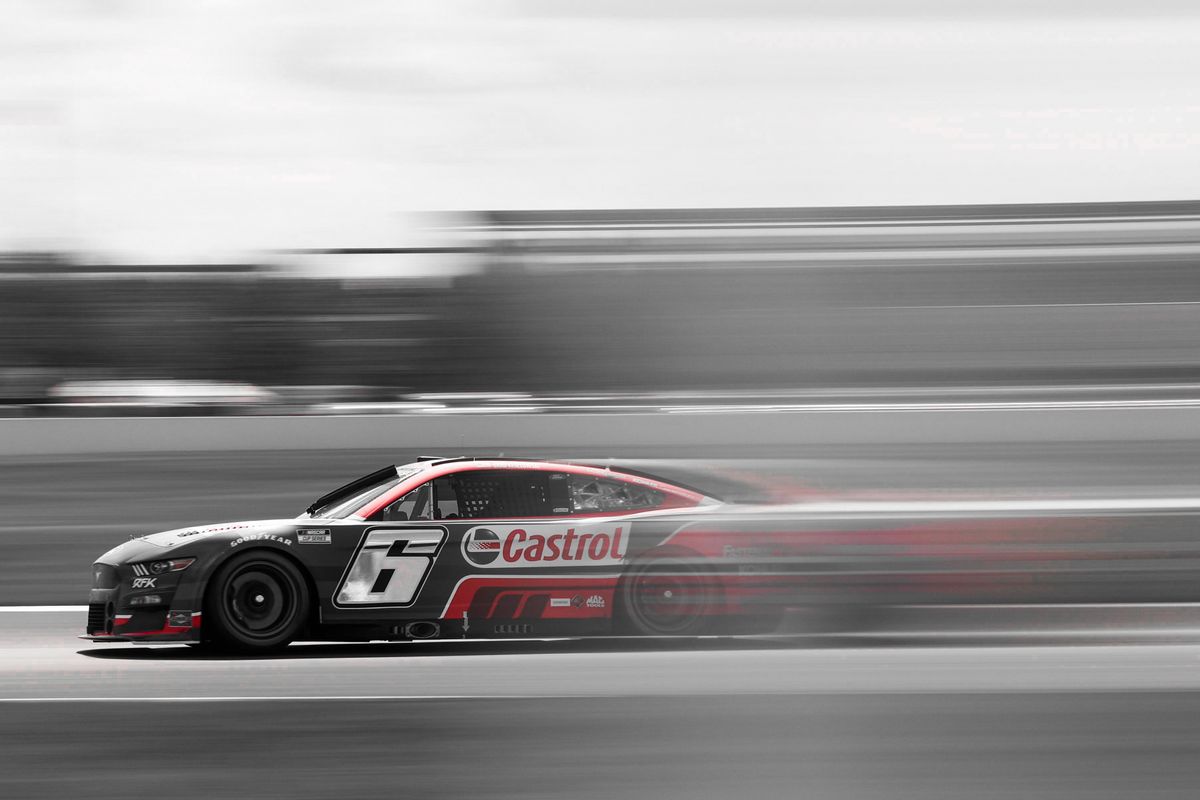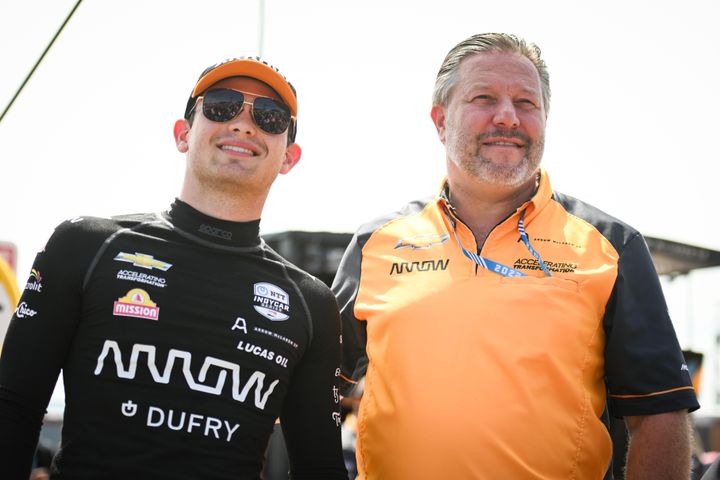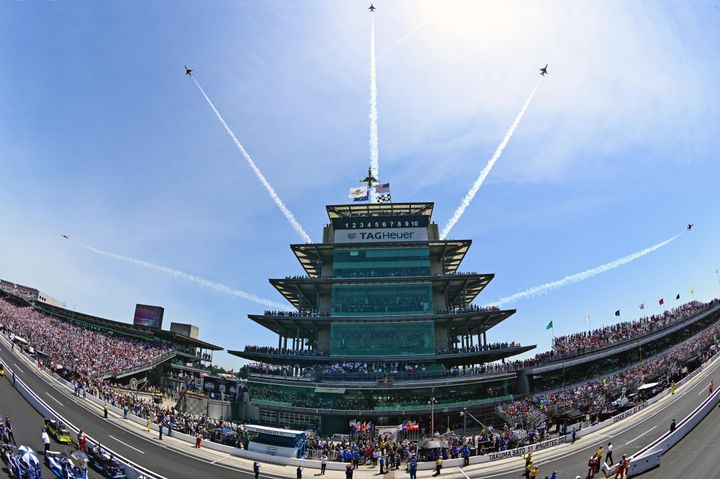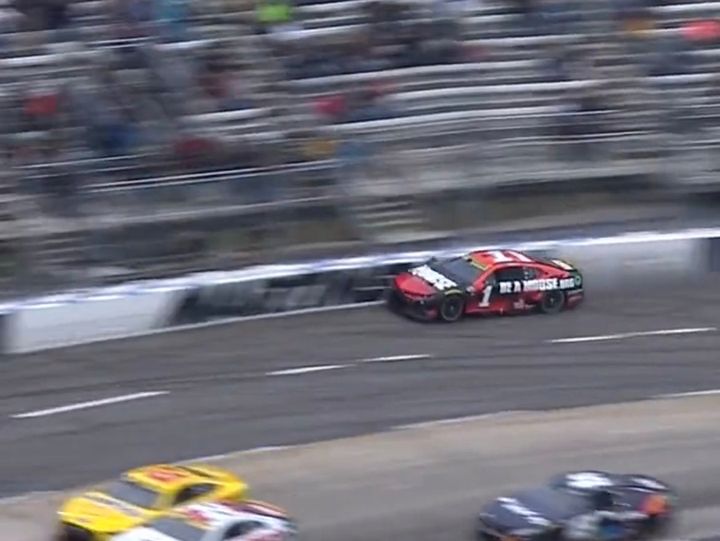Metamorphosis — I
NASCAR is in the midst of a tumultuous Playoff. Its car is a step back in safety, penalties aren't consistent, driving standards are poor, and many fans are fed up. How did we get here?

In 1979, the predominantly southern sport of stock car racing struck gold.
Stock car racing, led by an organization known as NASCAR, thrived as a regional celebration of speed. Before that, it was a collection of moonshine runners with suped-up coupes and time to kill.
With most of the country snowed in from a February storm, the sport's pinnacle event aired on CBS: a 500-mile race at the Daytona International Speedway. Many Americans were introduced to stock car racing for the first time.
The race was the first 500-mile race broadcasted live from start to finish on television. Technological innovations, like the in-car camera, made this the most important broadcast in racing history. The competition on track made this the most important race in NASCAR history.
More than 15 million people — about 30% of all U.S. televisions at the time — watched as Donnie Allison and Cale Yarborough crashed out of the lead on the final lap. Richard Petty beat Darrell Waltrip to the finish by just a car length. Allison and Yarborough threw punches in turn three, where their mangled race cars came to a halt.
People loved it.
Longtime pit reporter Dick Berggren called the '79 500 the first "water cooler" NASCAR race. The sport was perfect for American television, and paired with the passionate and mainly southern fanbase, the 1979 Daytona 500 became the catalyst for growing NASCAR to something bigger.
Over the next 24 years, NASCAR grew to the point it competed with the MLB and NBA in terms of scope, television ratings and popularity. Cars, drivers and teams changed, but tracks were built across the country to match demand. NASCAR overtook USAC/CART/IndyCar as the most popular motorsport in America.
This is, of course, an oversimplification of the rise of NASCAR: an imperfect organization from the start. From 1979 to 2004, multiple drivers died due to the sanctioning body’s apathy toward safety, including arguably the most famous driver of all time, Dale Earnhardt. Only one Black driver started a cup series race in this time — Willy T. Ribbs, just three times in 1986.
The biggest problems in NASCAR, though, did not stem from the championship format. The format — a full-season points championship — always awarded the best overall driver the championship. Sometimes the battle went down to the last lap of the last race. Sometimes the title was locked up weeks ahead of time.
In 2003, Matt Kenseth and the No. 17 Ford team won only one race but earned the championship at the penultimate event. Ryan Newman and the No. 12 Dodge team won eight races that season but were involved in crashes and misfortunes so often that Newman finished sixth in the season standings.
Competitively, this isn't viewed as a problem in motorsports. Kenseth earned the championship because his consistency proved him to be the best all-around driver that year. When Newman was winning, Kenseth was earning top fives. When Newman was wrecking, Kenseth was finishing in the top ten.
This happens at varying degrees in world motorsports. IndyCar has gone 17 consecutive years with at least two drivers fighting for the championship at the final race as of 2022. In Formula One, only four of the last 10 seasons have not had a champion decided before the final race.
Business-wise, it's unfortunate for NASCAR to have the championship locked up early. The end of the NASCAR season coincides with the World Series and the heart of the NFL season. A pedestrian NASCAR race at Texas Motor Speedway will not outdraw an important NFL game in the same broadcast window, that's just a statement of fact.
Advertising ROI, ticket sales, merchandise and all manner of things are impacted by a dominant driver locking up the championship early. The same can be seen in other sports — Alabama in college football and Bayern Munich in German soccer are notorious for making championships more of a formality than a contest.
The only chance NASCAR had to compete with the NFL and MLB on television, as NASCAR saw it, is to make its championship compelling, competitive and always too-close-to-call.
In 2001, NASCAR found its answer.
What unfolded next has so profoundly altered the sport of stock car racing it is barely recognizable today.





Comments ()